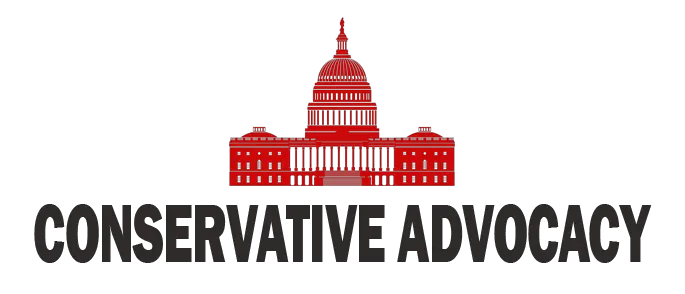The Democratic National Committee (DNC) is currently navigating a complex landscape. With the recent election of Ken Martin as the new chair, there is a mix of optimism and significant questions regarding the party’s identity. Following a challenging performance in the 2024 elections, many have criticized the party’s leadership. Despite Martin’s fresh perspective, the Democrats continue to grapple with how to recover from their recent setbacks. Critics argue that the party has yet to confront its issues, leaving it in a precarious position.
Ken Martin, who is from Minnesota, steps into this complicated role at a pivotal time. Detractors point out that the Democrats have shown little insight into where they went wrong. With unfavorable ratings reportedly soaring to 57%, the party appears adrift. Key sentiments indicate that they are still attempting to clarify their message—akin to solving a Rubik’s cube while blindfolded. Observers are eager to see if Martin can unite the party and implement necessary changes.
The DNC aims to reconnect with its working-class roots, but internal divisions complicate this effort. A former campaign manager for Bernie Sanders has emphasized that the Democrats need to prioritize solidarity over superficial identity politics. There is a growing call for a unified message that transcends labels and focuses on collective welfare. This aligns with the belief that to regain voter support, the DNC must advocate for policies that benefit all demographics, especially younger voters often neglected by current agendas.
Additionally, an education crisis looms large. Former New York City Mayor Michael Bloomberg has suggested that Democrats may be misreading the education landscape. Many voters are frustrated with a system they perceive as failing their children. Critics have noted a reluctance within the party to challenge teachers’ unions and consider alternatives like charter schools. Instead of directly addressing these issues, it seems some DNC members prefer to overlook the troubling reports emerging from schools nationwide.
All these challenges culminate in a pressing question: What does the future hold for the DNC under Martin’s leadership? As he charts a course for the party, many hope for substantial reforms that will finally address the concerns of working-class Americans. Time is of the essence, and with significant challenges ahead, there is much work required for this struggling party. If Ken Martin can steer the party back to its foundational purpose—advocating for the working class—the Democrats may yet demonstrate their ability to rise from the ashes of recent history.




